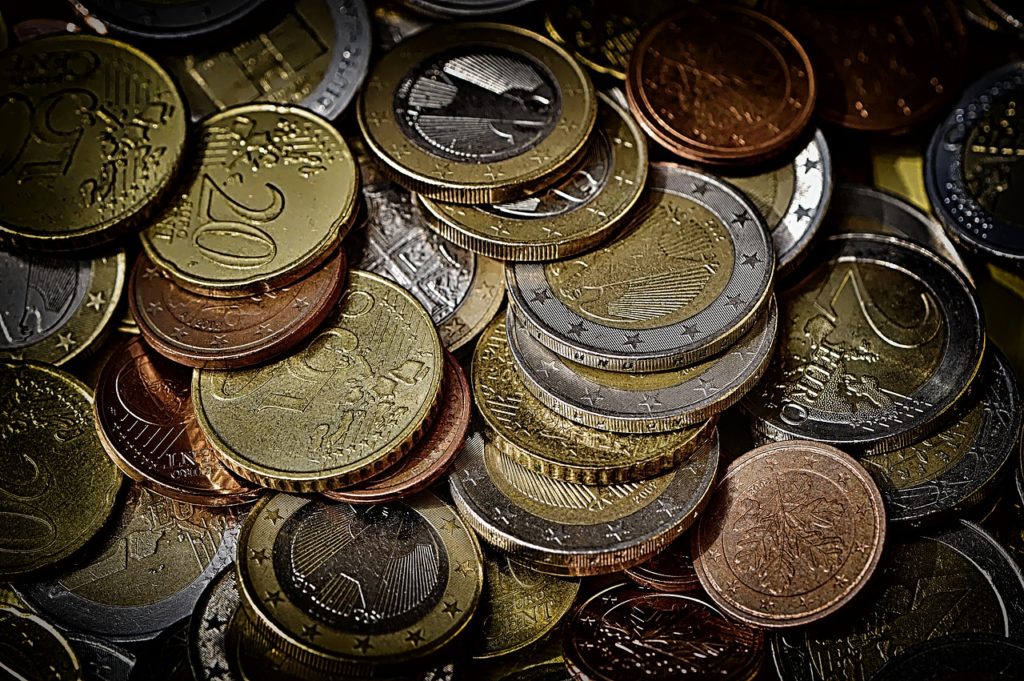What Is Free Cash Flow?
If you have a profitable business, that’s good news—but don’t celebrate just yet. To help you understand whether your business is headed for long-term growth or inching closer to bankruptcy, there are other metrics you need to calculate first.
Like Free Cash Flow. While profit can tell you whether or not your business is headed in the right direction, it doesn’t give you a picture of your business’ health at a particular moment. Free cash flow gives you a snapshot of how secure your business is at any given time.
Free cash flow represents the cash your business has on hand. By adding the cash you take in (through sales, investment dividends, and other forms of revenue) and subtracting the cash you pay out (for expenses, taxes, etc.) you can determine whether you have a positive or negative cash flow.
Positive cash flow means you have the liquidity to pay your bills, invest in new capital, distribute funds to investors, and more. It also indicates to external stakeholders that your business is stable and financially viable. If you want to receive a business loan, you’ll need to prove that you have a positive cash flow. Whereas if your business has a negative cash flow (even if you have a positive profit), you’re stuck—you don’t have the funds to pay taxes or expenses, and filing for chapter 11 seems like a scary possibility.
Any business owner must understand what free cash flow is and how to calculate it in their businesses. Let’s take the example of a restaurant owner: his sales are increasing every day and customers are attracted by the good food, pleasant atmosphere and reasonable prices. But examining profits alone will not reveal a complete health diagnostic. Positive profits are not money in hand, and will not be able to help the restaurant recover from any sudden and unpredictable expenses. Perhaps the landlord of the commercial property rises or there’s a fire in the kitchen. To stay in business, the restaurant needs readily available cash to stay in that space and purchase new stoves, ovens or industrial freezers. This business owner must calculate his free cash flow to determine how well he is positioned to deal with this situation.
Without enough cash on hand, this restaurant owner will not be able to weather the storm and overcome these setbacks—even if sales have been increasing. Perhaps he could get a loan to help pay for these needs. But he’s unlikely to get a favorable loan—or even get a loan at all—if his free cash flow is trending negative.
Calculating your free cash flow is easy. You can calculate the free cash flow of your business in four quick steps, so you can immediately determine whether you have a negative or positive cash flow. All of the information you need for the calculation—net income or profit, paid taxes, paid expenses, non-cash expenses—should be easy for you to acquire.
Whether the calculation gives you good or bad news, you’re better off knowing. If you have a negative cash flow, you want that information sooner rather than later so you can take steps to address the problem before it’s too late. With this information, you will know whether or not you qualify for a business loan or whether there are actions you need to take to make you and your business a better candidate to receive a loan.
So don’t wait to calculate your free cash flow. It’s easy to determine, and the information will give you unparalleled insight into the current state of your business. Other metrics, like profit, are of course important to measure too—but make sure you understand what each one is telling you. Determining whether your business is profitable only tells you a partial story. Make sure to calculate your free cash flow to fill in the rest.

